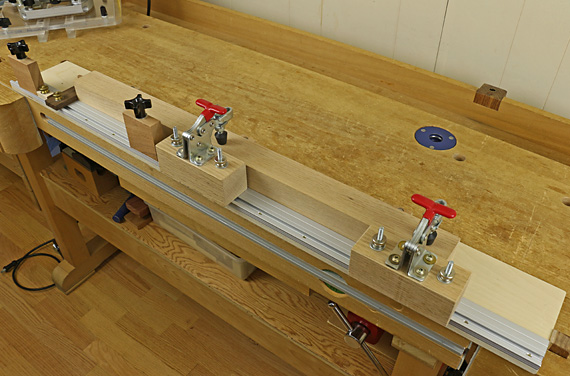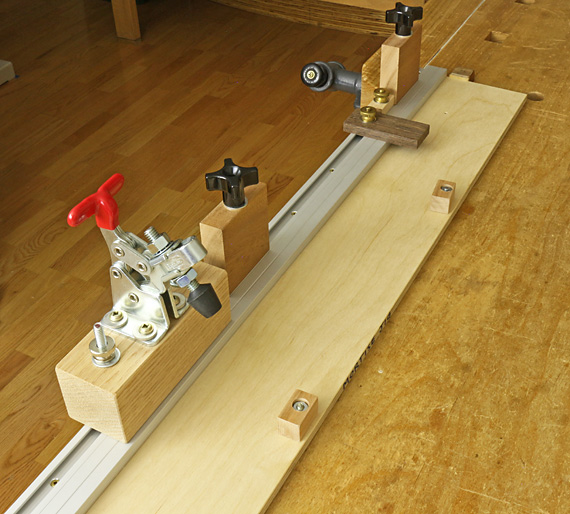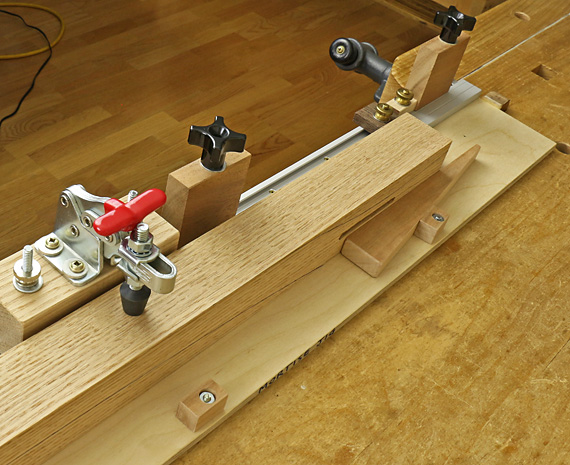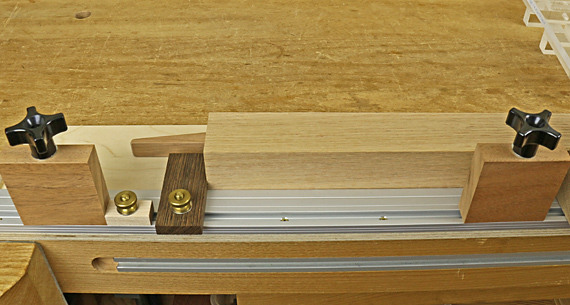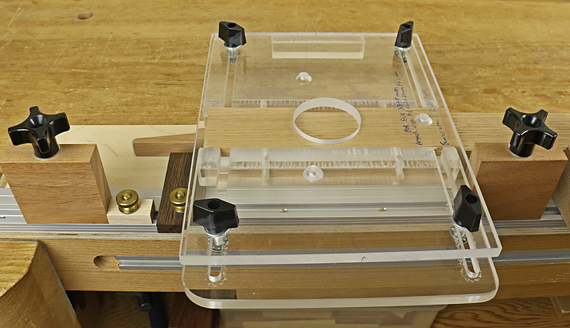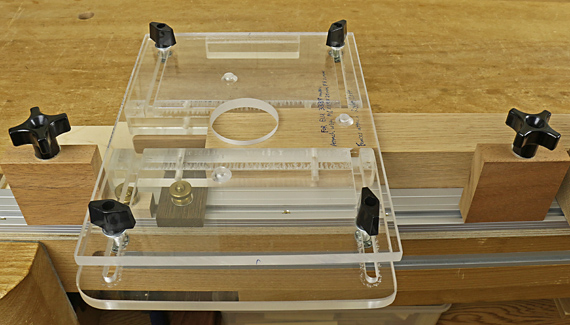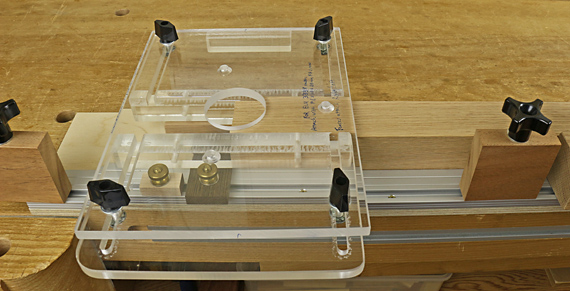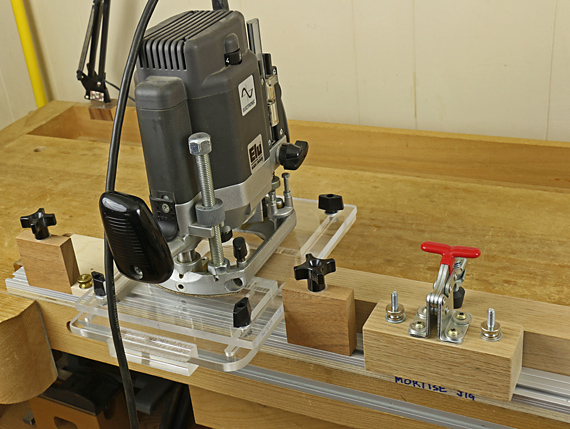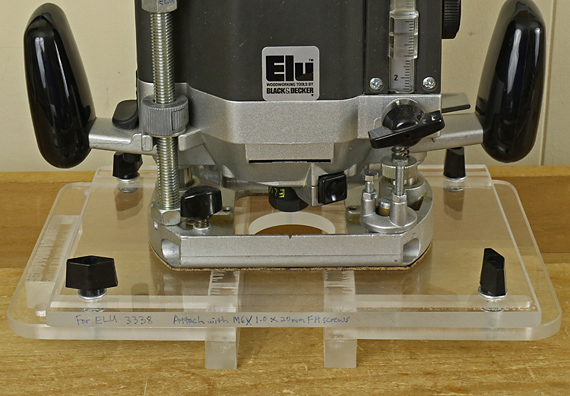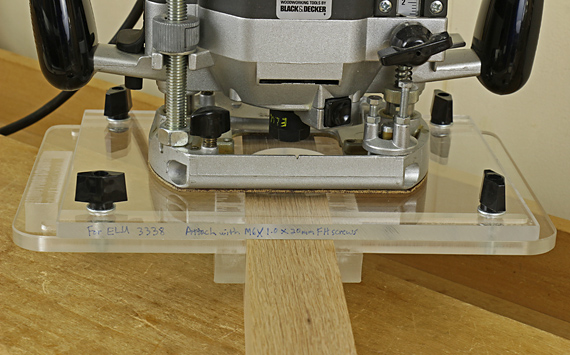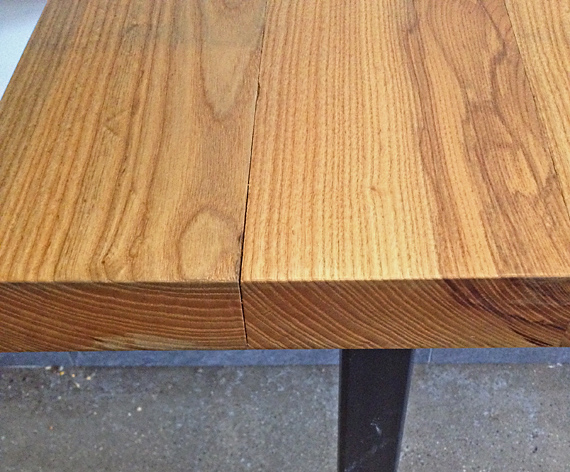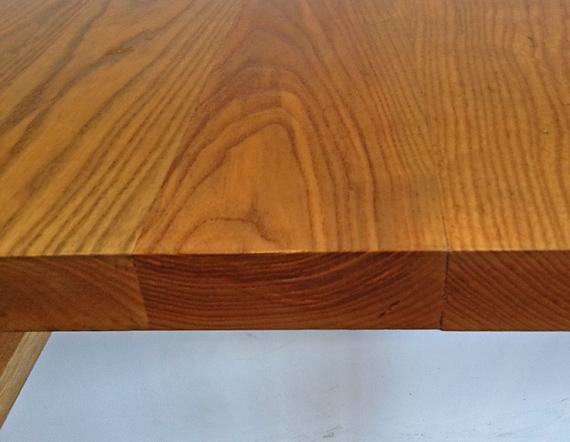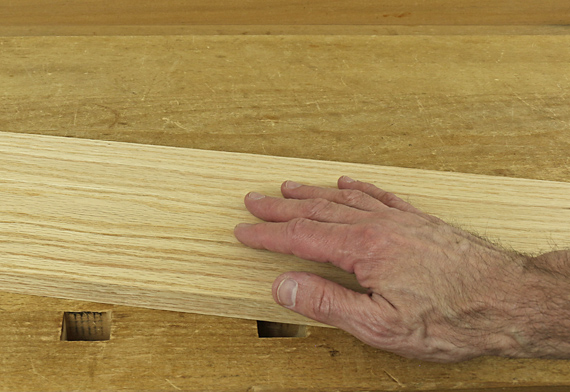
Can you really sense, with any practical utility, the moisture content of wood simply by touching it? Yes. Let’s take a look.
An object feels hot or cool to the touch of your hand because of the flow of heat between your hand and the object. For example, an object feels relatively cool because it is drawing heat from your hand.
Remember how mom or dad could tell if you had even a bit of a fever just by touching your forehead?
Consider wood. The heat flow depends on several factors. The variable that we want to isolate is the moisture content (MC) of the wood. Wetter wood will draw heat from your hand faster and thus feel slightly cooler.
We want to keep these other factors constant:
- The wood species – density is the key. Denser wood will transfer heat faster.
- Surface texture. The greater contact of a smooth surface will transfer heat faster than a roughsawn surface. To a lesser extent, a diffuse porous wood such as cherry transfers heat faster than a ring porous wood such as oak.
- The temperature of the wood, especially relative to your skin temperature, of course, affects heat flow. Heat energy flows from the warmer object, usually your hand, to the cooler object, usually the wood.
- The surrounding temperature and moisture conditions will likely affect your perception of hot and cool.
Those four other factors are constant in the typical situation of sorting through boards at the lumber dealer – a particular species, roughsawn, at the temperature and surrounding conditions on that day.
So, can you sense differences in MC based on how cool or warm the wood feels to the touch of your hand? I think I can. No, I cannot tell the difference between 8% and 10%, but with the aid of a pinless moisture meter, I have shown myself that I can tell the difference between, say, 8% and 14%, and even closer than that. Every time? No, but reliably enough that I can use my sense of touch to quickly sort through boards of one species at the lumber dealer and help me make choices. Larger differences are more apparent. This also can alert me to certain situations, such as a poorly stored 10/4 board that is much wetter on one side than the other.
The differences I am sensing are relative, not absolute, but that is what I am concerned with as I sort through the piles. It is even possible to “calibrate” my hand for absolute measurements for a particular pile of wood by taking a couple of readings with a pinless moisture meter, and correlating that with what I feel, but I wouldn’t rely on that and it is not what I need.
I am not suggesting you discard your moisture meter. I also understand that the “measurement” is shallow. And I’m not going to put my lips on the wood; that’s weird. Yet, with some awareness and very little practice, you can get a pretty good sense of the relative moisture content of boards just with your hands.
What’s your sense of this?
